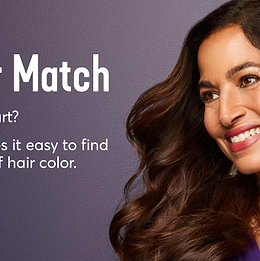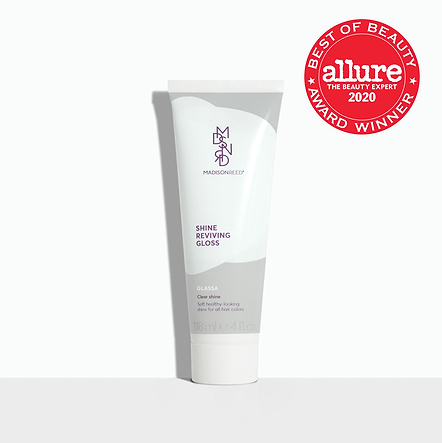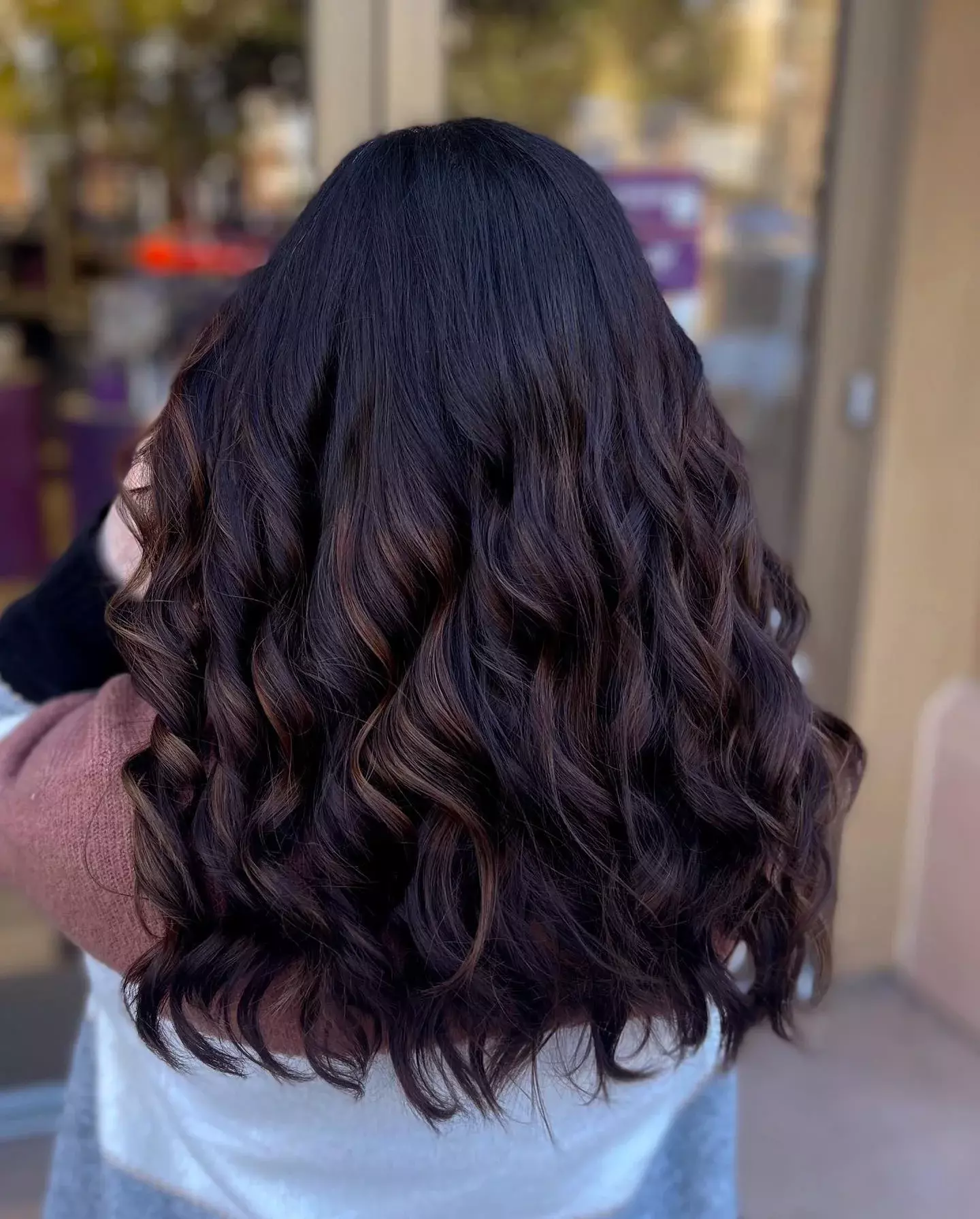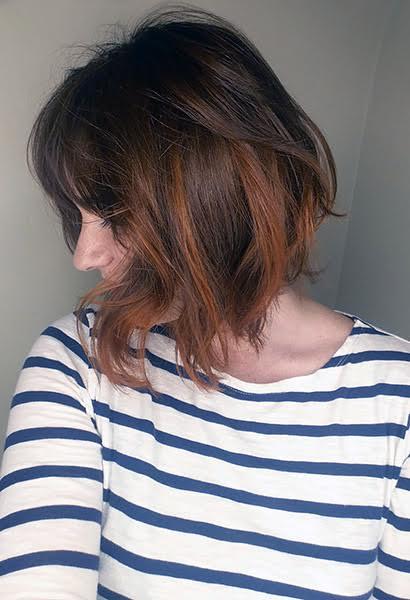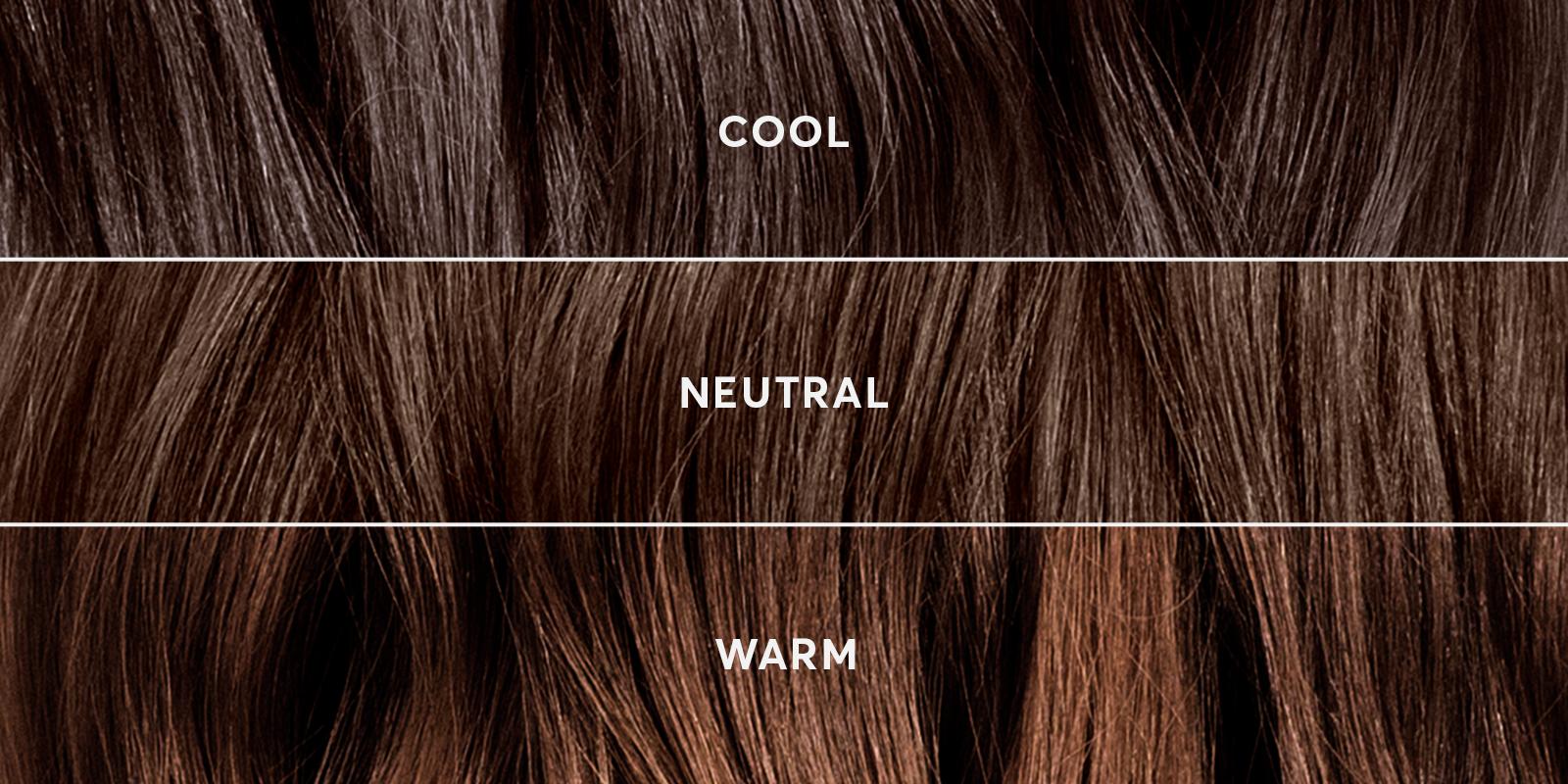It’s happened to the best of us. You were trying to tame your warm undertones, and suddenly everything went up in smoke—well, ash.
How to warm up ashy hair at home?
In the context of hair color, “ash” or “ashy” is used to describe a grayish-blue tone. Sometimes it’s exactly the all-over look you are going for (such as adding ash to platinum blonde to get a silver-vixen look). Ash simply refers to the absence of warmth, and it’s great for counteracting brassy tones. Ash can be gray, blue, green, or violet-based depending on the type of warmth being covered. Madison Reed ash tones fall in the neutral/gray/blue range.

